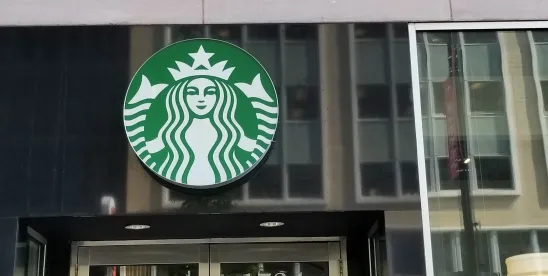In an 8-1 decision authored by Justice Clarence Thomas, the United States Supreme Court settled the conflict among circuits in setting the standard for issuing 10(j) injunctions sought in unfair labor practice proceedings. In Starbucks v. M. Kathleen McKinney, the Supreme Court ruled in favor of Starbucks who was seeking to overturn a temporary injunction obtained by the NLRB regarding unfair labor practices it had allegedly committed.
Factual Summary
The case arose after Starbucks terminated seven employees during a union organizing campaign in 2022 at one of its Memphis stores. The Board sought a section 10(j) injunction under the National Labor Relations Act seeking the temporary reinstatement of the “Memphis 7” while it pursued legal action against Starbucks. While the 10(j) temporary injunction is infrequently sought by the NLRB, according to the dissenting opinion of Justice Ketanji Brown Jackson, it is necessary to protect the Board’s right to decide labor disputes while “stopping violations from trampling workers’ rights.”
Legal Question
The central issue was whether the standard for issuing a 10(j) injunction should follow the less stringent two-prong standard favored by the Board versus the traditional four factor test commonly used by many circuits in assessing traditional temporary injunction motions. The Starbucks case came from the US Court of Appeals for the Sixth Circuit in a split decision which relied on the two factor test when it upheld the Board’s order reinstating the seven terminated employees. Starbuck appealed to the Supreme Court in October of 2023.
The two-factor test looks at whether (1) the Board has shown “reasonable cause” to believe the employer committed an unfair labor practice and (2) it would be “just and proper” for the court to intervene by granting the injunction. In contract, the four-factor test reviews:
- Whether the Board is likely to succeed on the merits of the underlying case,
- Whether the Board’s power to remedy the violation will be “irreparably harmed” without the injunction,
- The balance of the Board’s interest and the charged employer’s, and
- Whether the injunction is in the public’s interest.
The Supreme Court accepted the more stringent standard directing courts to strictly apply the four-factor testing in assessing Board sought 10(j) injunctions.
Takeaways
The decision increases the Board’s burden in utilizing what has been one of its more powerful weapons in protecting workers’ rights while the legal process plays out. From the Board’s perspective, the ultimate legal conclusion often comes at a time when it is too late to remedy the harm caused by the employer’s violations. For Starbucks and other employers, the more exacting standard is proper in that it avoids the reinstatement of workers who may have been discharged for legitimate reasons and should have not been awarded reinstatement.





 />i
/>i

